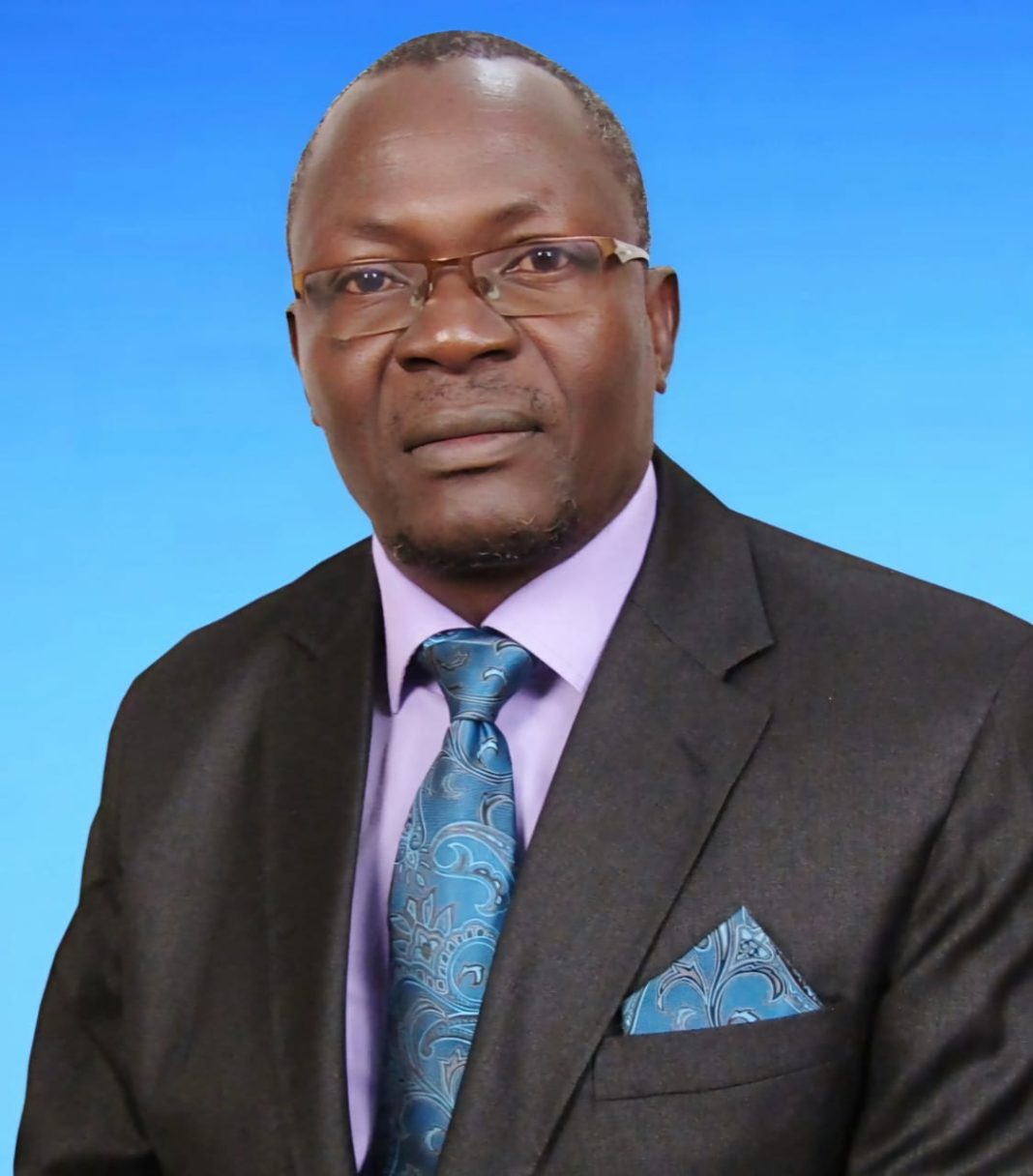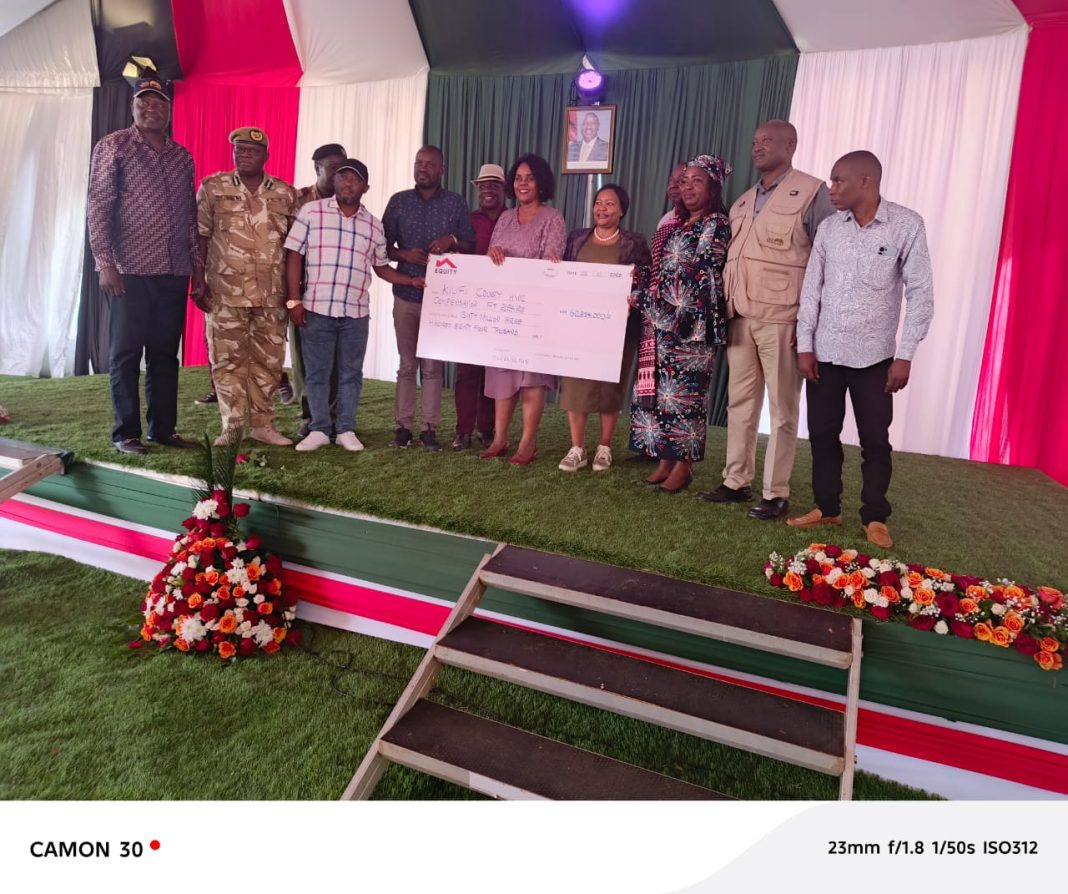By Alfred Gogi
The Ramogi Institute of Advanced Technology (RIAT) has long served as a premier technical training institution in Western Kenya, producing graduates in engineering, ICT, business, and other technical fields.
However, the evolving demands of Kenya’s economy, coupled with national policy goals to expand access to higher education and promote regional development, justify its transformation into a fully-fledged university and that is why the president while addressing the Kisumu County leadership that recently visited state house in Nairobi, agreed to upgrade this premier institution into a full university.
Rationale for Upgrading RIAT into fully fledged university follows the following ideals
National and Regional Development Goals
Vision 2030 calls for an innovative, knowledge-based economy.
Western Kenya has strong potential in agriculture, the blue economy (Lake Victoria), and innovation, but lacks sufficient university capacity in these areas.
Expanding Access to Higher Education
Kenya’s higher education enrollment rates remain lower than global averages. RIAT can help close the gap for the Nyanza region.
Building Local Capacity
A university can generate research, innovation, and skilled graduates tailored to local needs.
Avoids brain drain by offering programs close to home.
Strategic Vision
Proposed Name: Ramogi University of Science and Technology (RUST)
Mission: To provide high-quality, innovative, and practical education, research, and community service that drives socioeconomic transformation.
Vision: To be a leading university in science, technology, innovation, and sustainable development in Africa.
Proposed Schools
Below are the eight schools proposed for the new university, their mandates, and flagship programs:
School of Engineering and Innovation
Mandate: Produce engineers and innovators to support industrialization.
Programs: Civil Engineering, Mechanical, Electrical, Mechatronics, and Renewable Energy Engineering.
Innovation Hub: To incubate student and faculty start-ups.
Note: Civil Engineering is included here but also features in the School of Architecture and Built Environment for interdisciplinary training.
School of Architecture, Urban Planning and Built Environment
Mandate: Train professionals for sustainable built environments.
Programs: Architecture, Urban Planning, Quantity Surveying, Construction Management, Civil Engineering.
Focus: Emphasizes resilient infrastructure design to address local development challenges.
School of Agriculture, agriculture engineering and Food Security
Mandate: Advance sustainable agriculture and food systems.
Programs: Agronomy, Horticulture, Animal Science, Agribusiness, Food Science.
Special Focus: Climate Change and Resilient Agriculture to train experts who can help communities adapt farming systems to climate variability.
Extension Services: Partner with farmers for technology transfer.
School of Marine Aquaculture and Blue Economy
Mandate: Leverage Lake Victoria for sustainable development.
Programs: Aquaculture, Fisheries Management, Marine Ecology, Blue Economy Policy.
Research Center: Sustainable fishing, water quality monitoring, and lake conservation.
School of Business, Economics and Statistics
Mandate: Equip graduates with entrepreneurial and analytical skills.
Programs: Business Administration, Economics, statistics, Finance, Marketing, Entrepreneurship.
Business Incubator: Support local SMEs and entrepreneurship training.
School of Leadership, Human Resource and Management
Mandate: Build capacity for effective governance and leadership.
Programs: Public Administration, Policy Studies, Strategic Management, Human Resources.
Focus: Develop leaders for public service, NGOs, and private sector organizations.
School of Health and Biological Sciences
Mandate: Train professionals for health services and biosciences research.
Programs: Public Health, Medical Laboratory Science, Nursing, Biotechnology, Environmental Health, Medicine, Herbal Medicine.
Research Focus: Combine modern medical training with the study of traditional herbal medicine to harness local knowledge and biodiversity.
School of ICT, Robotics and Computer Science
Mandate: Drive digital transformation and Artificial Intelligence
Programs: Computer Science, Software Engineering, Data Science, Cybersecurity and Industrial Robotics.
Tech Lab: Encourage innovation in ICT solutions, robotics, and AI applications for manufacturing and services.
Phased Implementation Plan to run concurrently Phase 1: Institutional Transition (2 years)
Secure government approval and accreditation.
Develop university charter and statutes.
Establish university governance structures (Council, Senate, Management).
Phase 2: Curriculum Development and Staffing (2 years)
Develop curricula for all schools in line with Commission for University Education (CUE) guidelines.
Recruit qualified faculty and administrative staff.
Phase 3: Infrastructure Upgrade (5 years)
Expand classrooms, laboratories, libraries, student hostels.
Build specialized facilities (innovation hubs, aquaculture research centers, robotics labs, herbal medicine gardens).
Phase 4: Enrollment and Launch (2 years)
Roll out initial degree programs.
Enroll first cohorts in selected schools.
Market the university regionally and nationally.
Governance and Administration
University Council
Highest policy-making body.
Includes government, industry, and community representatives.
University Senate
Academic governance.
Oversees quality, curriculum, academic policies.
Management Team
Vice Chancellor (VC), Deputy VCs for Academic Affairs, Finance & Planning, Research & Innovation.
Registrars, Deans, Directors of Institutes/Centers.
Infrastructure Requirements
To support the eight schools:
Modern classrooms with ICT integration.
Laboratories for engineering, health, agriculture.
Specialized robotics labs in the ICT school.
Herbal medicine research gardens in Health Sciences.
Libraries with print and digital resources.
Student accommodation and cafeterias.
Sports and recreation facilities.
Faculty offices and administrative blocks.
Innovation and business incubation hubs.
Aquaculture research stations.
Health sciences simulation labs.
Curriculum Development and Accreditation
Align programs with CUE standards and global best practices.
Include hands-on training, industrial attachments, research projects.
Embed entrepreneurial and innovation modules in all programs.
Seek professional body accreditations (EBK, Nursing Council, Medical Board).
Human Resource Strategy
Academic Staffing
Recruit PhD-qualified lecturers.
Attract industry practitioners as adjunct faculty.
Offer staff development scholarships.
Administrative Staffing
Professional registrars, finance officers, ICT support.
Student support services (counseling, career services).
Partnerships and Linkages
Collaborate with local industries for internships, research.
Partner with international universities for staff exchange and joint research.
Engage county governments for development planning.
Build ties with NGOs and development partners to fund infrastructure and research.
Research and Innovation Agenda
Establish thematic research centers:
o Climate-Smart Agriculture and Climate Change Adaptation.
o Lake Victoria Blue Economy Research.
o Renewable Energy and Green Technologies.
o Health, Medicine, and Herbal Medicine Research.
o ICT Innovation, Data Analytics, and Industrial Robotics.
Promote commercialization of research outputs.
Encourage student start-ups through incubation centers.
Funding Strategies
Government capitation and HELB support.
Tuition fees (differentiated rates for self-sponsored students).
County government contributions.
Donor and development partner grants.
Research grants and consultancy services.
Income-generating units (short courses, commercial farms, hospitality services).
Stakeholder Engagement
Host community consultations to ensure local buy-in.
Engage students and staff in planning processes.
Work with professional bodies to align programs with industry needs.
Regularly communicate progress through public reports.
Risk Management
Mitigate quality risks through accreditation processes.
Address financial sustainability with clear cost-recovery plans.
Build security plans to ensure student and staff safety.
Develop robust ICT systems to support e-learning and administration.
Expected Outcomes and Impact
Increased university enrollment in Western Kenya.
Highly skilled graduates aligned with Kenya’s economic needs.
Enhanced research outputs addressing local challenges.
New jobs created through university operations and spin-off businesses.
Strengthened regional competitiveness in agriculture, blue economy, health, and ICT.
Conclusion
Upgrading the Ramogi Institute of Advanced Technology into a full university with eight strategically selected schools is both feasible and transformative.
With special focus areas such as industrial robotics, climate change adaptation, civil engineering, and herbal medicine, the university will address pressing national and regional challenges.
The writer is a Part Time Lecturer (Project Planning and Management)- University of Eldoret
PhD student (Project Planning and Management) – University of Nairobi




